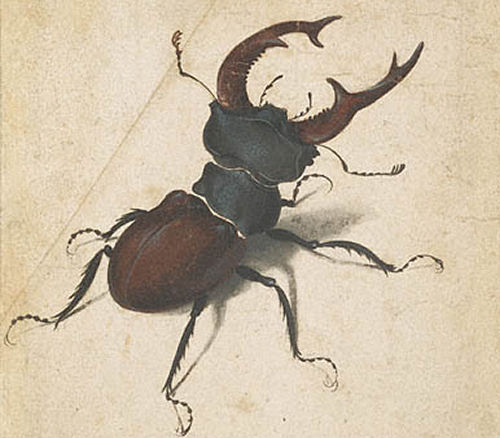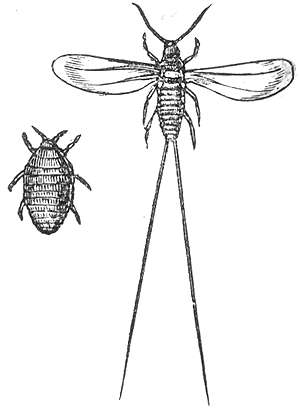Jungle Nymph Stick
Native to Australia, the jungle nymph stick is an incredible sight to behold.
It measures well over 6 inches in most cases and has a nasty looking array of thorny spikes on its body, which is bright neon green in color.
The spines can be a half inch long, and stand upright.
Jungle Nymphs have very wide and very flat bodies that look like a leaf if seen from a distance. They are bordered in brown or tan, at the edge of each body segment.

Jungle nymph stick
On the head are twelve spines in rows of three, while two rows are on the very top of the head. The antennae are extraordinarily lengthy, at well over 3 inches, and the thorax has many lumps and depressions.
This too has rows of spines on it.
The wings are pink and the legs are very broad and sturdy and are also covered in spines.
Their wings are veined, and are reminiscent of a leaf when you view them closely.
Jungle nymph sticks eat roses, oak and hawthorn trees as well as any variety of bramble.
They lay eggs on the trees, brownish green in coloration, which are rather egg shaped and about 1/4 inch in size.
These eggs may take up to a year to hatch, sometimes as long as 15 months before they emerge as a nymph, which is the second stage of their lives.
The jungle stick may take up to a year to go to insect stage. During this time it will shed its skeleton about five or six times. Each time it does this, is called an instar stage.
Once the nymphs become adults they do not grow any longer and also do not molt.
Males take about twelve months to become adults while female nymph sticks will wait until they are about 16 or 18 months old before they are ready to mate.

Jungle nymph stick
When threatened the male jungle nymph is the only insect which will play possum, or that is, fall down and pretend to be dead to evade the predator. They will also sometimes pinch to defend themselves.



would like to know how can i get some of the Jungle nymph stick bugs and do you have any other kinds of Jungle nymph .
Hey jst wanted to know how long do they live for?
i was wondering what are facts about the nymph, and adult stage for a walking stick?